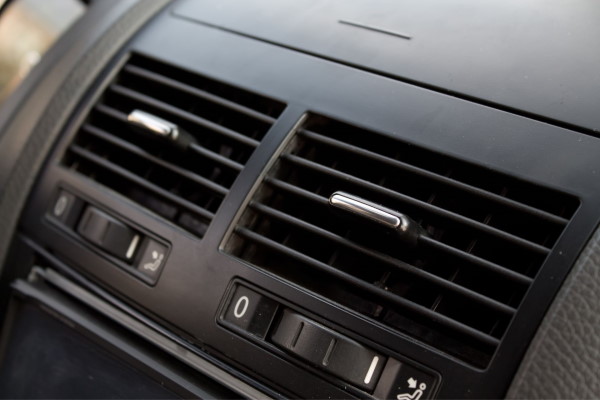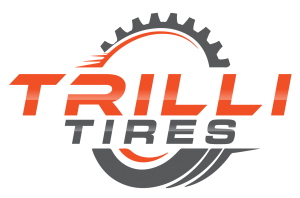
Tire Terminology - What to Know When Choosing Your Tires
A car’s tires need to be replaced about every four years, though this number can be higher or lower, depending on how often you use your vehicle. Regardless, it’s important to remember to replace your tires regularly, as using ones that are worn down can drastically impede your vehicle’s performance and may even be a cause of safety concerns.
With that in mind, you might be wondering where to even begin. This guide aims to address those concerns. We’ll break down tire basics and shed light on the most common troubles that might be preventing you from finding the best tires for your car.
Tire terminology: What do all the words mean?
Before you try to understand the topics we’ll be covering, it’s important that you first know what the specific terms pertain to. Consider the following terms:
Tread: Tire tread refers to the rubber portions of a tire that make physical contact with the surface. It’s what provides the traction needed to move a vehicle in any direction. There are many types of tire treads, and each one is designed for a specific purpose. For most passenger cars, however, symmetrical tire treads are used to provide all-around performance and durability.
Sidewall: This is the part of the tire that is located on its side. It does not make contact with the road, but it’s what keeps the tire mounted onto the wheel. The sidewall is where you’ll find the name of the tire manufacturer, as well as several other indicators that refer to the specifications of the tire.
Size: While tire sizes may seem straightforward, the designations used to differentiate between varying sizes are more complicated. The size is described in three different parts, separated by slashes.
Load index: A tire’s load index is also indicated on its sidewall. This information is marked by a number that signifies how much weight a tire can safely support. Most passenger tires have a load index between 75 and 105.
Speed rating: The speed rating of a tire is denoted by a letter ranging from A to Z. Each letter coincides with the maximum speed a tire can safely travel. Speed ratings start on the low end with A, with each proceeding letter allowing for greater speeds.
Choosing the best tires for your car
Now that you’re familiar with some of the key terms involved in purchasing tires, there are certain criteria you need to keep in mind to help you find the tires most suited to your vehicle.
Needs: If you need a vehicle that can handle tough terrain or slippery roads, you’ll need to purchase tires with the right treads to safely do so. Also, if you have a vehicle that’s heavy or you expect to haul heavy loads with it, you’ll need bigger tires with higher load indices.
Preferences: Apart from actual performance, you might want to make your choice based on several other aspects, such as noise levels and aesthetics. Know that a tire’s tread will play a significant role in how much sound it produces. Its size can also have a significant effect on the overall appearance of your car, especially when paired with certain types of rims.
Budget: Tires are available in a wide range of different price points, so you might want to consider your spending power as some brands can be quite expensive.
Replacing tires doesn’t have to be a complicated process. In fact, a good way to go about it is to follow the recommendations provided by your vehicle’s manufacturer. However, now that you have a better grasp of tires in general, you should be able to try out different tires to find the ones most suitable for your driving.
If you’re looking for tires for your car in Richmond Hill, get in touch with us today! We’re happy to help.
